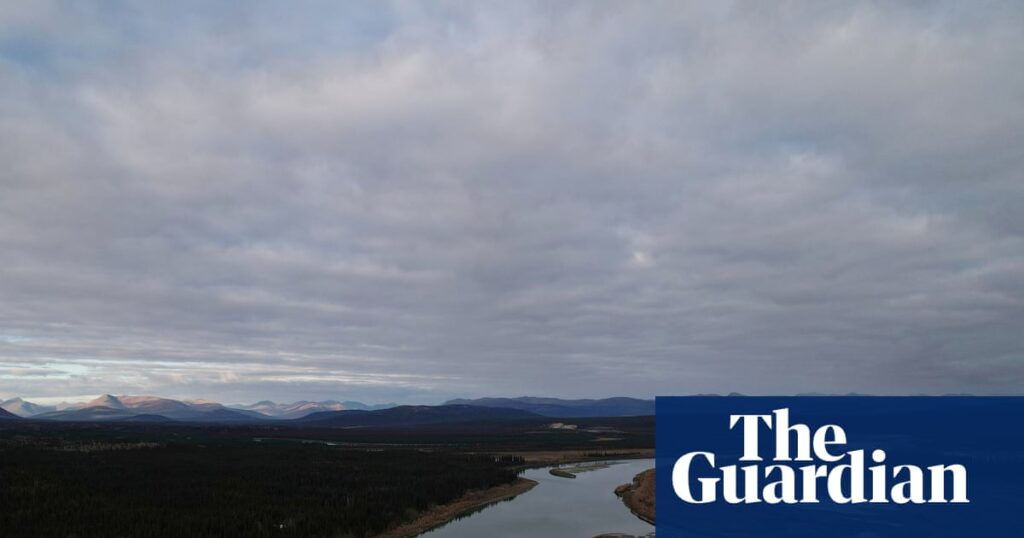
In a move that has reignited a long-standing environmental debate, former U.S. President Donald Trump on Monday ordered the approval of a 211-mile road through the Alaskan wilderness to facilitate mining operations. The project, known as the Ambler Road, aims to unlock access to valuable mineral deposits, including copper, cobalt, and gold.
The Ambler Road project was initially approved during Trump’s first term but faced a significant setback when the Biden administration blocked it. An analysis had determined that the project posed a threat to local wildlife, including caribou, and could harm Indigenous tribes reliant on hunting and fishing for their subsistence.
Economic Prospects and Environmental Concerns
The revival of the Ambler Road project is part of a broader strategy by the Trump administration to enhance the United States’ mineral independence. The White House also announced a 10% equity stake in Trilogy Metals, a Canadian company involved in developing the Ambler site alongside an Australian partner. This move underscores the administration’s commitment to securing critical minerals deemed essential for economic competitiveness and national defense.
Trump, speaking at an Oval Office ceremony, emphasized the economic potential of the project, stating, “This is something that should’ve been long operating and making billions of dollars for our country and supplying a lot of energy and minerals.” He criticized the previous administration for halting progress, adding, “And now we’re starting again. And this time we have plenty of time to get it done.”
“Approval of Ambler Road will unlock access to copper, cobalt, and other critical minerals that we need to win the AI arms race against China,” said Interior Secretary Doug Burgum.
Supporters and Opponents Weigh In
Supporters of the project, including Alaska’s congressional delegation, argue that the road is crucial for accessing a copper deposit valued at over $7 billion. Copper plays a vital role in manufacturing cars, electronics, and renewable energy technologies such as wind turbines.
However, the project faces strong opposition from a consortium of 40 federally recognized tribes. They express concerns that the development could jeopardize subsistence harvests by disrupting habitats crucial for salmon and caribou. Karmen Monigold, an Inupiaq member of Protect the Kobuk, expressed her dismay, stating, “They tried to assimilate us, to wipe us out and yet we’re still here. We still matter.”
Monigold hopes that Alaska Native groups will resort to legal action to halt the project, as they have done in the past. The proposed road would traverse 26 miles through the Gates of the Arctic National Park and cross numerous rivers and streams, raising significant environmental concerns.
Legislative and Strategic Implications
The Republican-controlled House recently approved a bill facilitating the expansion of mining and drilling on public lands in Alaska and other states. The bill aims to repeal land management plans from the Biden era that restricted development in vast areas, including Alaska, Montana, and North Dakota. This legislative move aligns with the Trump administration’s broader agenda to boost fossil fuel production and job creation.
While the Biden administration prioritized reducing climate-warming emissions, Trump and his allies are focused on economic growth through resource extraction. Interior Secretary Burgum echoed this sentiment, stating, “We’ve got to get back in the mining business.”
“This road will help secure the critical minerals our country needs for economic competitiveness and national defense, while also delivering meaningful benefits here at home,” said Kaleb Froehlich, managing director of Ambler Metals.
Looking Ahead
The decision to revive the Ambler Road project has set the stage for potential legal battles and environmental scrutiny. As the U.S. government continues to balance economic interests with environmental protection, the outcome of this project could have far-reaching implications for future resource development policies.
Meanwhile, the administration’s investment in other mining ventures, such as the minority stake in Lithium Americas for the Thacker Pass lithium mining project in Nevada, highlights a strategic shift towards securing critical minerals domestically. These developments reflect the ongoing debate over the balance between economic growth and environmental stewardship in the United States.







